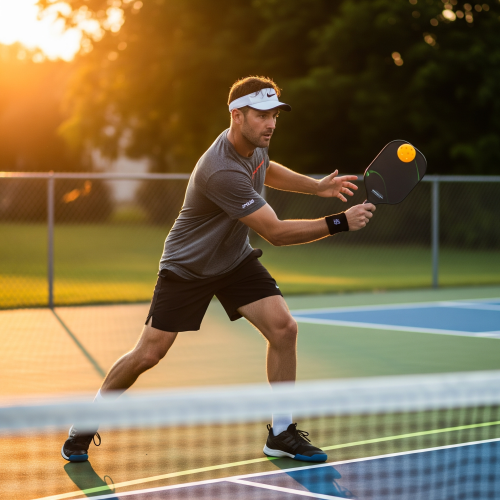Paddle Grip Guide: Finding What Works for You

Understanding the Basics: The Role of a Good Grip
Your grip is the vital connection between your hand and the paddle, directly influencing shot execution, comfort, and long-term joint health. A well-chosen grip promotes superior ball control, consistent performance, and significantly lowers the risk of injury, especially during long or intense sessions. Holding the paddle too tightly or at an incorrect angle can create unnecessary tension, leading to wrist or forearm strain and a loss of precision in critical rallies. Taking the time to learn, practice, and refine proper grip technique pays off greatly. Players who master this foundation often progress faster, play with more confidence, and enjoy a longer, injury-free playing career, making grip mastery essential for sustained success in the sport.
Common Grip Types and Their Benefits
- Continental Grip (Neutral Grip)
- Versatile and balanced
- Best for dinks, serves, and backhand shots
- Eastern Grip (Forehand Dominant)
- Ideal for forehand power and topspin
- Comfortable and natural for most players
- Western Grip (Extreme Forehand)
- Adds extreme topspin
- Less common but effective for spin players
- Two-Handed Grip (Backhand Assist)
- Used mainly for backhand power
- Helps players who need extra stability
- Custom Grip Builds
- Includes adding overgrips, edge guards, or padding
- Improves comfort and fit based on hand size and sweat control
Finding the Right Grip for You
Grip Type | Best For | Pros | Cons |
|---|---|---|---|
Continental | All-round play | Easy transition between shots | Limited topspin |
Eastern | Forehand-focused players | Natural feel, good power | Backhand might feel awkward |
Western | Spin-heavy players | High topspin potential | Harder to control volleys |
Two-Handed | Strong backhands | Added stability | Slower reactions near the net |
A Grip That Grows With You
Ultimately, the best grip is the one that feels natural, supports your unique style, and allows you to perform at your highest level without strain. Do not be afraid to experiment by adjusting grip position, tension, and paddle orientation until you find what works best for you. Over time, as your skills develop and your style evolves, your grip may change too. At RunPlayGo, we are here to support every step of your journey with expert gear insights, custom grip products, and detailed video tutorials. Remember, every great point begins with the right hold, start strong, stay confident, and play your best game.

